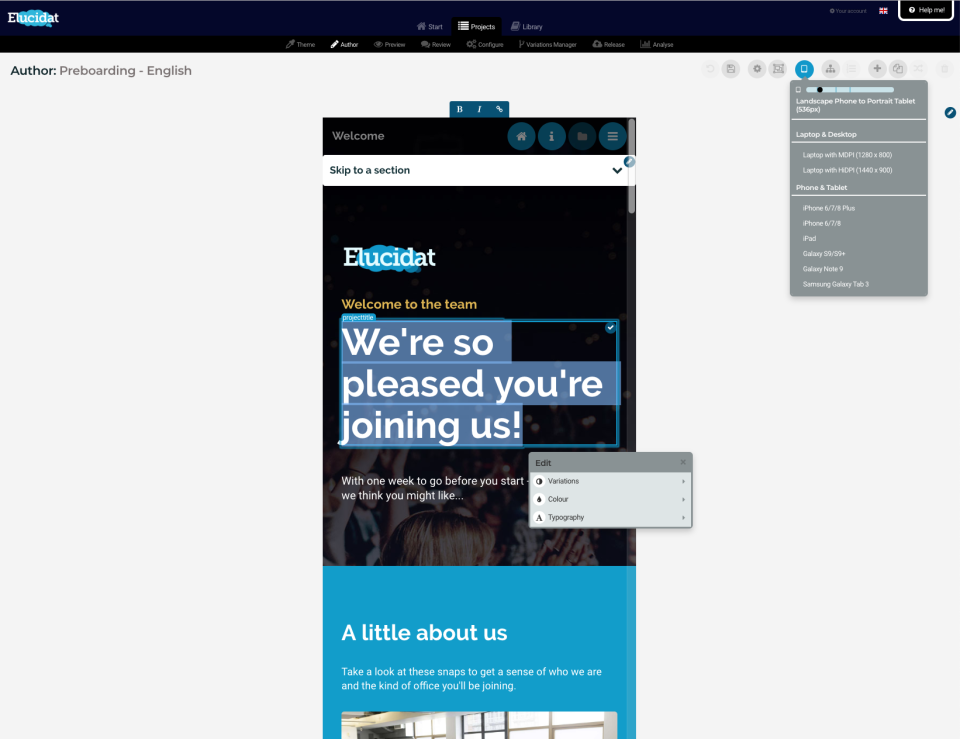

Contradictories follow the law of the excluded middle but contraries do not. But this leaves open the option that both of them might be false, which is not possible in the case of contradictories. Two propositions are contraries if at most one of them can be true. Two propositions are contradictories if it has to be the case that one is true and the other is false.

In its most common form, a false dilemma presents the alternatives as contradictories, while in truth they are merely contraries. On this view, the term "false dichotomy" refers to the false disjunctive claim while the term "false dilemma" refers not just to this claim but to the argument based on this claim. Sometimes a distinction is made between a false dilemma and a false dichotomy. This disjunction is problematic because it oversimplifies the choice by excluding viable alternatives. The problematic content in the case of the false dilemma has the form of a disjunctive claim: it asserts that one among a number of alternatives must be true. Formal fallacies are unsound because of their structure, while informal fallacies are unsound because of their content. Fallacies are usually divided into formal and informal fallacies.

Define elucidate series#
a series of premises together with a conclusion, that is unsound, i.e. In its most simple form, called the fallacy of bifurcation, all but two alternatives are excluded. This may also be connected to the tendency to insist on clear distinction while denying the vagueness of many common expressions.Ī false dilemma is an informal fallacy based on a premise that erroneously limits what options are available. Our liability to commit false dilemmas may be due to the tendency to simplify reality by ordering it through either-or-statements, which is to some extent already built into our language. False dilemmas are usually discussed in terms of deductive arguments, but they can also occur as defeasible arguments. Various inferential schemes are associated with false dilemmas, for example, the constructive dilemma, the destructive dilemma or the disjunctive syllogism. One of the options excluded is that Stacey may be neither communist nor capitalist.įalse dilemmas often have the form of treating two contraries, which may both be false, as contradictories, of which one is necessarily true. This disjunction is problematic because it oversimplifies the choice by excluding viable alternatives, presenting the viewer with only two absolute choices when in fact, there could be many.įor example, a false dilemma is committed when it is claimed that "Stacey spoke out against capitalism therefore, she must be a communist". This premise has the form of a disjunctive claim: it asserts that one among a number of alternatives must be true. The source of the fallacy lies not in an invalid form of inference but in a false premise. Informal fallacy involving falsely limited alternatives Young America's dilemma: Shall I be wise and great, or rich and powerful? (poster from 1901)Ī false dilemma, also referred to as false dichotomy or false binary, is an informal fallacy based on a premise that erroneously limits what options are available.


 0 kommentar(er)
0 kommentar(er)
